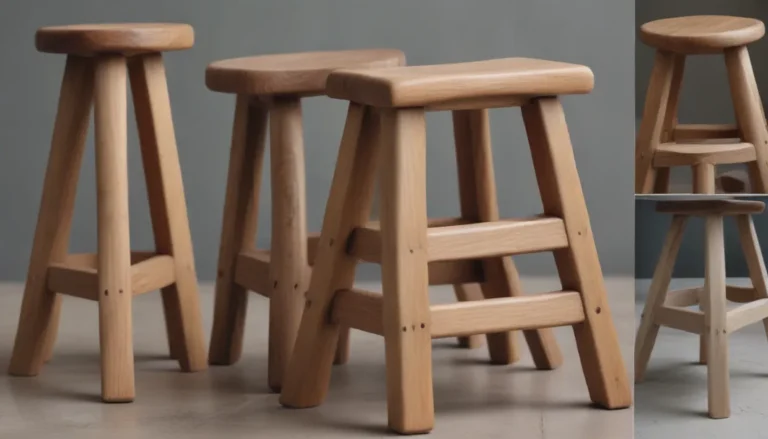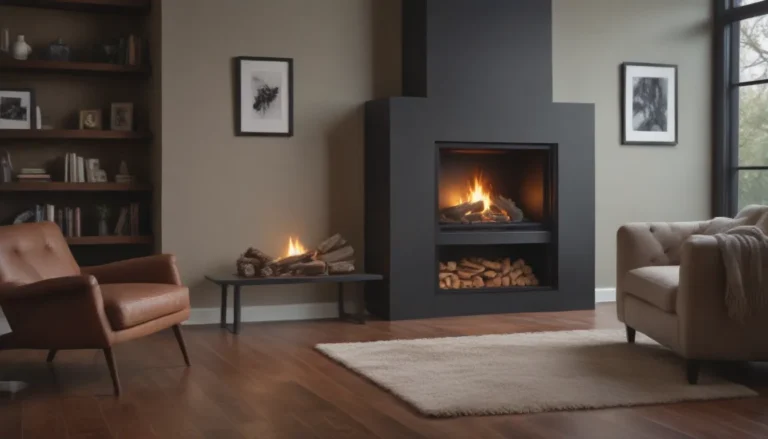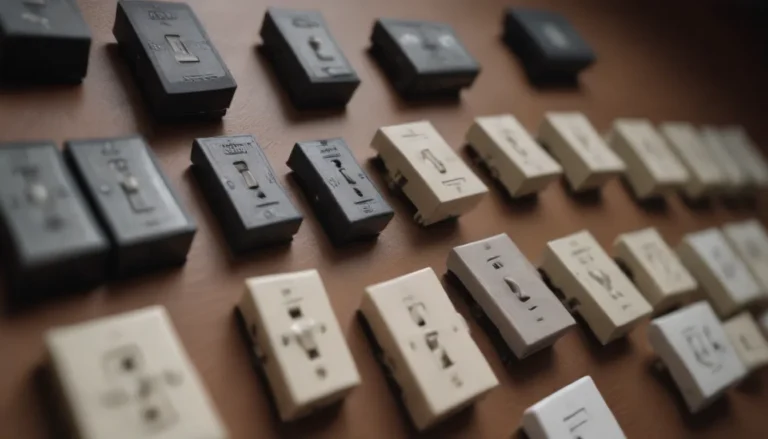The Ultimate Guide to Wire Connections: Leveraging Push-in Wire and Screw Terminals

If you’ve ever looked closely at a household electrical wall switch or outlet receptacle, you may have noticed two different methods for connecting wires – push-in wire connections and screw terminals. These methods play a crucial role in ensuring the safety and functionality of your electrical system. In this comprehensive guide, we will delve into the pros and cons of push-in wire connections versus screw terminals, helping you make informed decisions when it comes to electrical work in your home.
The Rundown on Push-in Wire Connections
Let’s start by breaking down push-in wire connections. This method involves inserting the bare end of a wire into a slot or hole in the back of a switch or outlet, where a spring clamp holds the wire in place. It’s a quick and easy way to make connections, but it’s not without its drawbacks.
The Downside of Push-in Wire Connections
Professional electricians tend to steer clear of push-in connectors for a reason – they are more prone to failure compared to standard screw terminals. The small spring-tension clamp inside the push-in connector may not provide a secure grip on the wire, leading to loose connections over time. This lack of metal-on-metal contact can result in overheating, further compromising the connection. Additionally, the spring clamps in push-in connectors can wear out after a few disconnections and reconnections, making them unreliable in the long run.
Why Screw Terminals Reign Supreme
On the flip side, screw terminals offer a more reliable and secure connection. By securing the wires under the terminal screws on the sides of the switch or outlet, you can create a tight and stable connection that won’t come loose easily. While it may take a bit more time and practice to master the technique of forming a clockwise loop around the screw terminal, the end result is well worth the effort.
- Benefits of Screw Terminals
- Ensure a tighter connection
- Prevent wires from loosening
- Create a better electrical connection for improved conductivity
Exploring Hybrid Solutions: Push-in Terminals with Clamping Screws
Some switches and outlets combine the convenience of push-in fittings with the stability of screw clamps. These hybrid terminals allow for quick installation without the need to bend the wires, while also providing an additional layer of security with clamping screws. However, it’s essential to note that while they may seem like the perfect compromise, push-in terminals with clamping screws do not always offer the same level of security as traditional screw terminals.
Tips for Secure Wire Connections
Whether you choose push-in wire connections, screw terminals, or a hybrid solution, there are a few key tips to keep in mind when making wire connections in your home:
- Use the Right Tools: Make sure you have the appropriate tools, such as wire strippers and screwdrivers, to ensure a proper connection.
- Follow Manufacturer Instructions: Always refer to the manufacturer’s guidelines for specific instructions on wiring connections.
- Check for Tightness: Ensure that all connections are tight and secure to prevent any issues down the line.
- Avoid Overcrowding: Do not overcrowd the electrical box with too many wires, as this can lead to overheating and potentially hazardous conditions.
Conclusion: Making Informed Choices for Your Electrical System
In conclusion, when it comes to wire connections on switches and outlets, the choice between push-in wire and screw terminals can make a significant difference in the safety and reliability of your electrical system. While push-in connectors offer convenience, they may not always provide the most secure connection over time. On the other hand, screw terminals offer a tried-and-true method for creating stable and reliable connections that will stand the test of time.
By understanding the pros and cons of each method and following best practices for secure wire connections, you can ensure that your electrical system operates safely and efficiently. Whether you’re a seasoned electrician or a DIY enthusiast, making informed choices about wire connections is essential for the overall functionality of your home’s electrical system.





